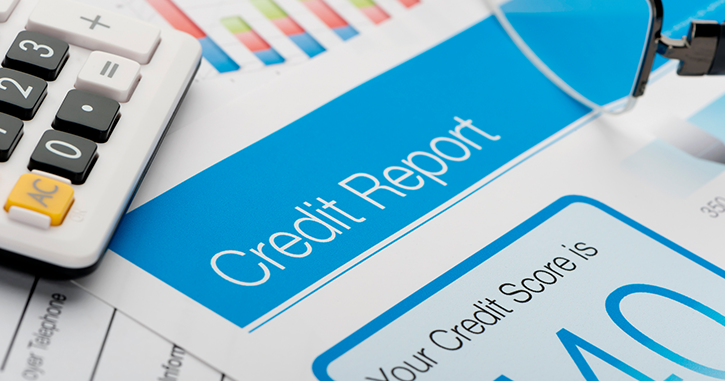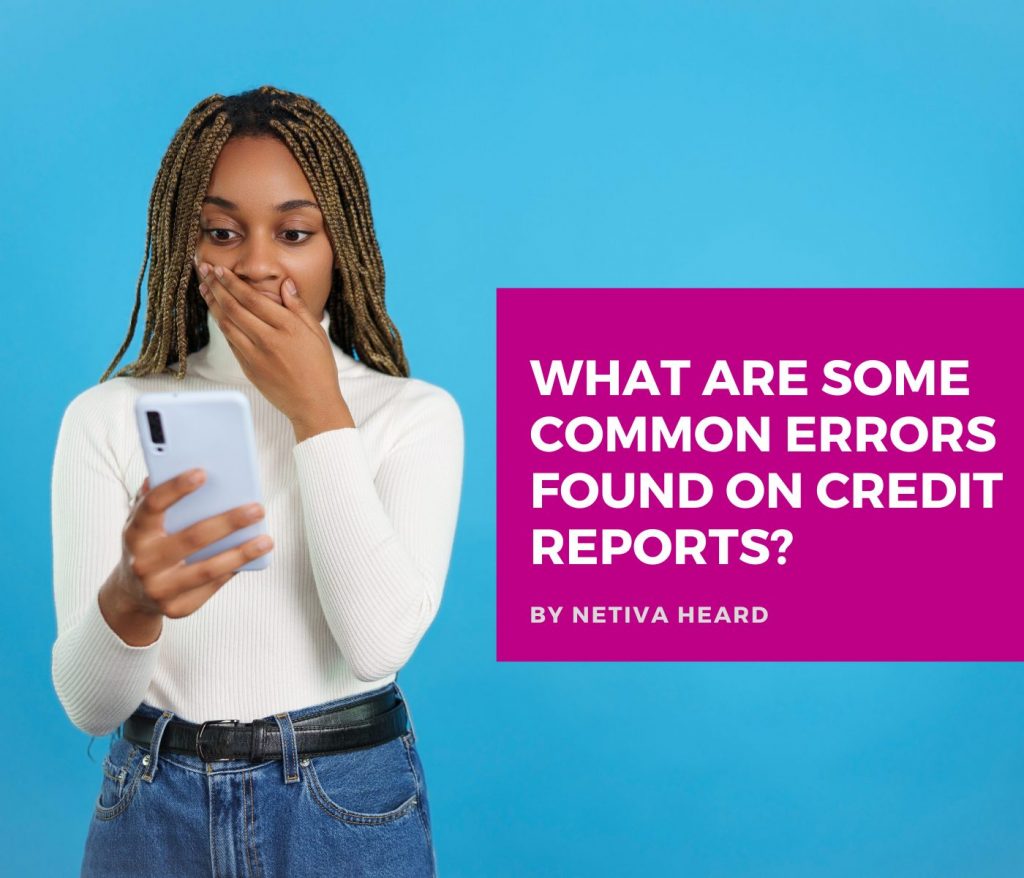Credit Repair Is All about Disputing Inaccurate, Unverifiable, and Obsolete Information From Our Credit Report.
One of the most common questions I'm asked is what errors should I be looking for. In a nutshell: everything! But to start you off, I've listed some common errors that I run across when reviewing reports to help you out 🙂
Common Errors:
• A paid account might show a balance
• The account number is wrong,
• Your name is incomplete or misspelled,
• You addresses, SSN, or other identifying information is wrong,
• A balance being reported is wrong,
• A payment date or amount is wrong,
• A late fee might be miscalculated or posted in the wrong month/year and thus is wrong,
• A “status” is wrong (paid, unpaid, collections, charged off, etc),
• The credit limit is wrong,
• The date of last activity is wrong,
• The creditor identification is wrong or is incomplete,
• A collections account is listed twice,
• A payment listed as late might have been made on time (and not posted to the account on time),
• An account might not be yours.
• A judgment or a lien is not yours

I always teach students inside of my Credit on Fire Academy and DIY Courses to look at every single detail of each account on their credit report is 100% accurate. If not, dispute it for deletion or update. Mind you I am primarily referring to NEGATIVE items on your credit report, not the positive items.
The only time you would dispute a positive credit item is if it is reporting information that is causing your credit to look more negative. For example, let’s say you have a credit card that you have only charged 20% of your available credit limit; the credit card company has reported that you have charged 50% of your credit limit. This has caused your credit utilization ratio to increase, which could cause your scores to decrease (‘utilization’ makes up to 30% of your credit scores). You will most certainly dispute this!
However, your first move is to reach out to the company that is reporting, versus the credit bureaus. You want this positive account to be updated, not deleted.
Hope this helps 🙂
Need A Roadmap On How to Identify Errors on Your Credit Report & Develop A Plan of Action to Tackle Them?
My Snatchback Your Credit Bundle is for You!










